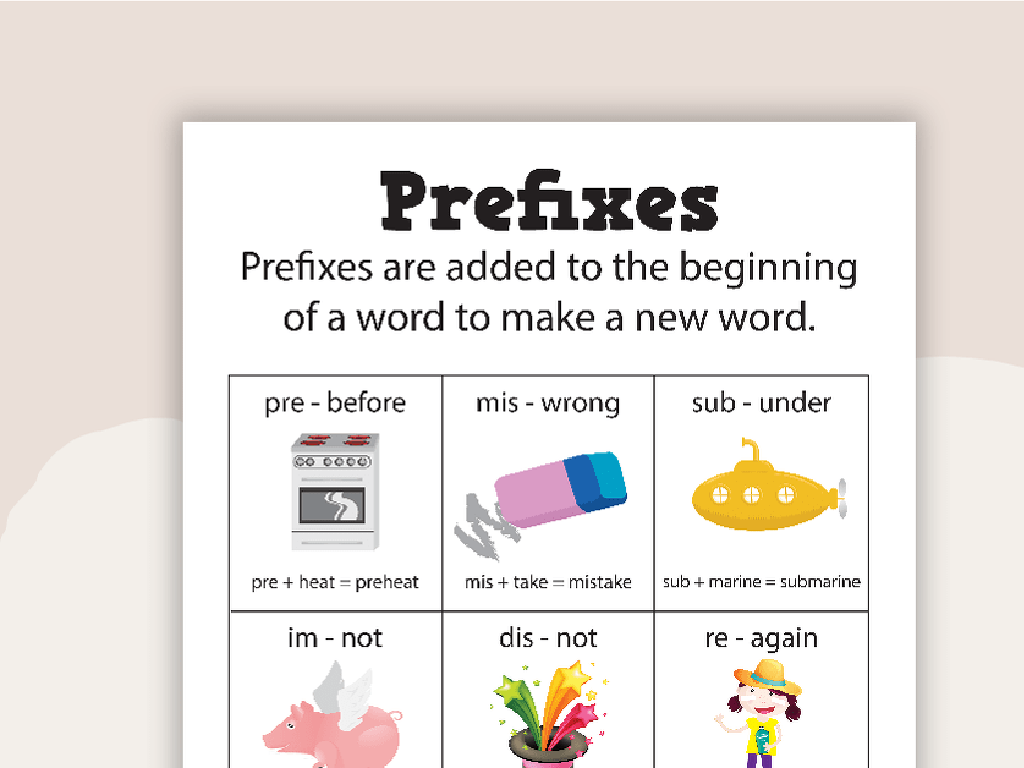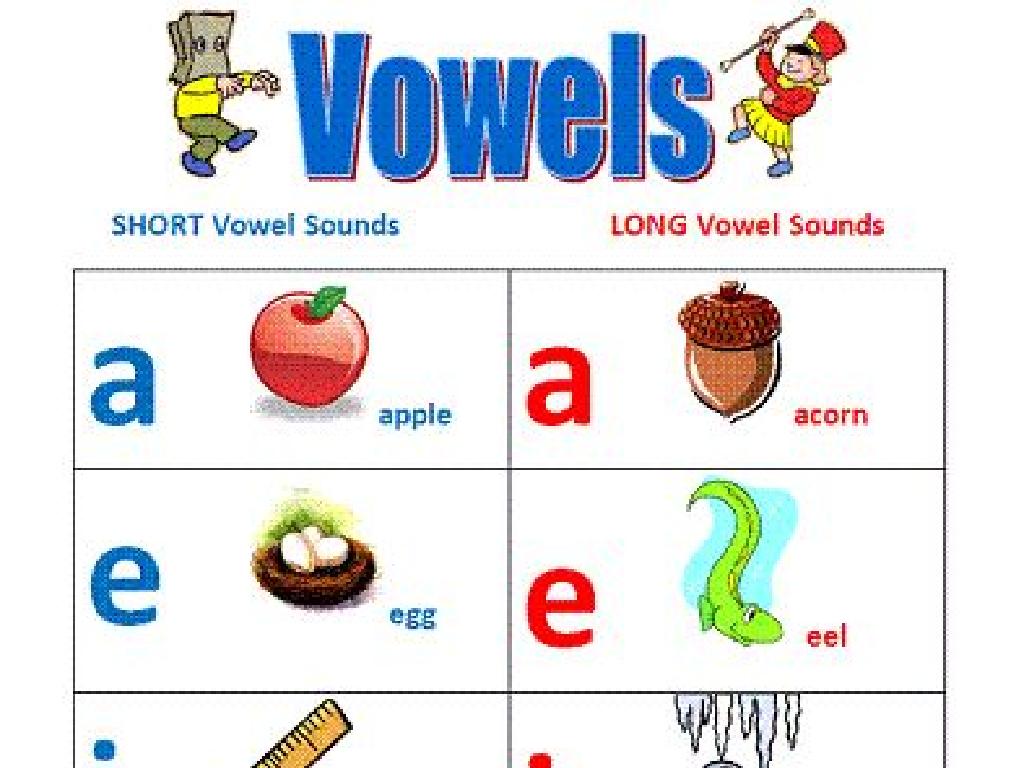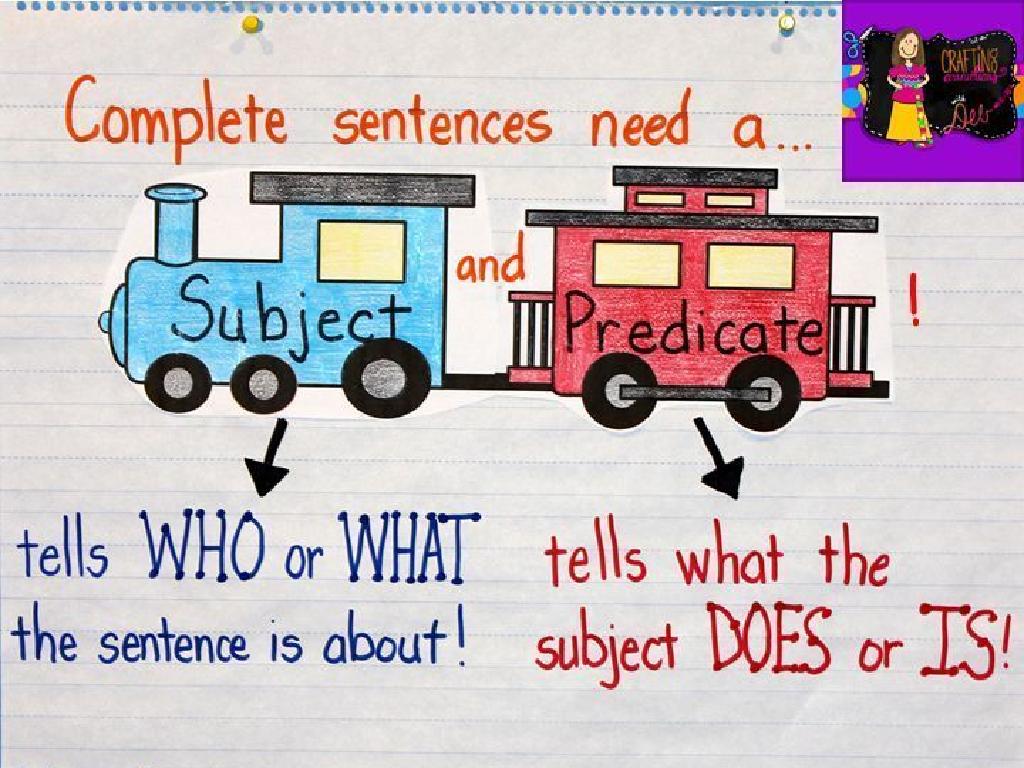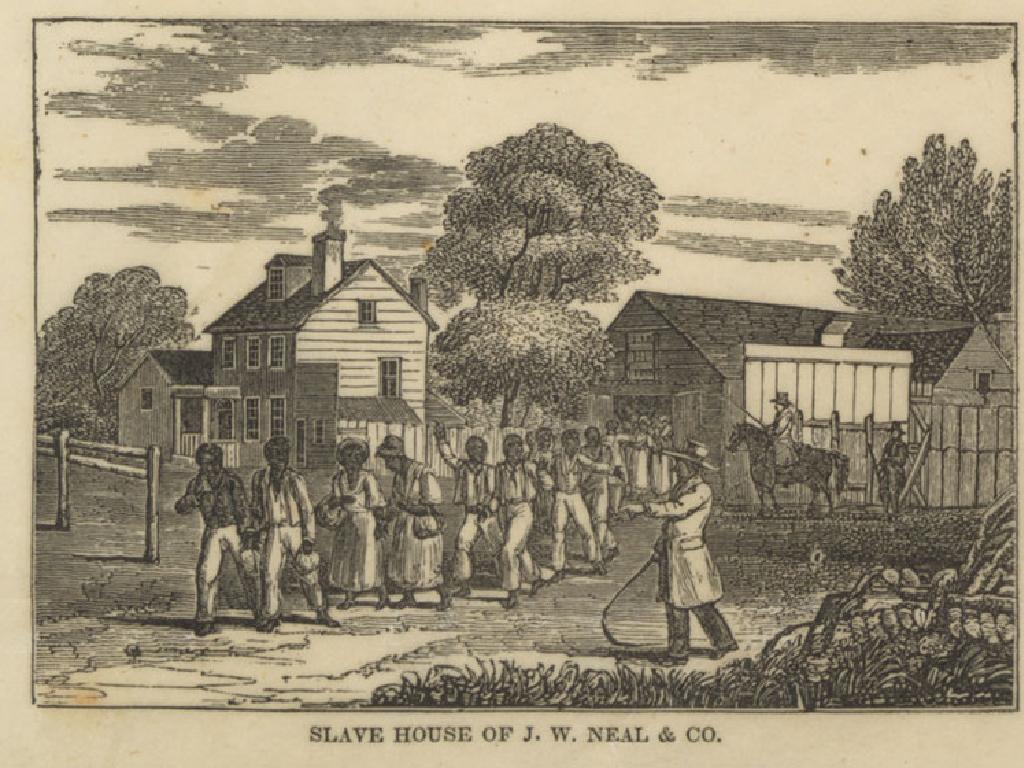Coral Reef Biodiversity And Human Uses: Explore A Problem
Subject: Science
Grade: Seventh grade
Topic: Conservation
Please LOG IN to download the presentation. Access is available to registered users only.
View More Content
Conservation Science: Coral Reefs
– Explore coral reef ecosystems
– Coral reefs are diverse underwater ecosystems harboring thousands of marine species.
– Biodiversity within coral reefs
– Biodiversity refers to the variety of life and its processes, including the different plants, animals, and microorganisms, the genes they contain, and the ecosystems they form.
– Significance of coral reefs
– Reefs protect coastlines from storms and erosion, provide jobs for local communities, and offer opportunities for recreation.
– Human impacts on reefs
– Overfishing, climate change, and pollution are some of the human activities that threaten coral reef health.
|
This slide introduces students to the intricate world of coral reefs and their importance in marine biodiversity. Begin by explaining what coral reefs are and their role as one of the most diverse ecosystems on the planet. Discuss the concept of biodiversity and its importance within coral reef ecosystems, emphasizing the interdependence of species. Highlight the ecological, economic, and cultural significance of coral reefs, including their natural protective barriers for coastlines and their provision of resources for humans. Conclude by addressing the human-induced problems facing coral reefs, such as overfishing and pollution, setting the stage for a discussion on conservation efforts. Encourage students to think critically about how human activities impact these vital ecosystems and the importance of conservation.
Exploring Coral Reefs
– Define Coral Reefs
– Coral reefs are diverse underwater ecosystems held together by calcium carbonate structures.
– Coral Polyps: Building Blocks
– Tiny, soft-bodied organisms related to sea anemones and jellyfish.
– Types of Coral Reefs
– Fringing reefs border shorelines, barrier reefs parallel coastlines with deeper lagoons, and atolls are circular reefs.
– Significance in Ecosystems
|
This slide introduces students to the basic understanding of coral reefs, their composition, and types. Start by defining coral reefs as biodiverse marine structures that are vital to ocean health. Explain that coral polyps are the essential living components of reefs, forming the structures we see. Discuss the three main types of reefs: fringing, barrier, and atoll, providing a visual representation if possible. Emphasize the importance of coral reefs to marine life and human societies, as they provide habitat, protect coastlines, and support fishing and tourism industries. Encourage students to think about how human activities might impact these delicate ecosystems.
Coral Reef Biodiversity and Conservation
– Diversity of reef species
– Reefs are home to 25% of marine life
– Clownfish-Anemone symbiosis
– Clownfish live safely among anemone tentacles
– Reefs: Diverse ecosystems
– Reefs support various species and protect coastlines
– Human impacts on reefs
|
This slide aims to educate students on the rich biodiversity of coral reefs and their importance as ecosystems. Emphasize that coral reefs are not just beautiful; they’re crucial habitats for a quarter of all marine species. Discuss the mutualistic relationship between clownfish and anemones, where both species benefit from each other’s presence. Highlight how coral reefs act as protective barriers for coastlines against storms and erosion, and support a multitude of species. Address the negative impacts humans have on reefs, such as pollution and overfishing, and how conservation efforts are vital for their survival. Encourage students to think about how human activities can both harm and help preserve these vital ecosystems.
Human Uses of Coral Reefs
– Coral reefs in medicine
– Reefs provide ingredients for medicines, including treatments for cancer and HIV.
– Reefs in tourism and recreation
– Tourists flock to reefs for snorkeling, diving, and appreciating marine beauty.
– Fishing and reef resources
– Reefs are vital for fisheries, supplying food and livelihoods for millions.
– Balancing use with conservation
– It’s crucial to use reefs sustainably to ensure their health for future generations.
|
This slide aims to educate students on the various ways humans utilize coral reefs and the importance of these ecosystems. Highlight how coral reefs contribute to medical advancements by providing compounds for drugs. Discuss the economic benefits of reefs in tourism and recreation, emphasizing the need for responsible tourism to protect these fragile environments. Explain the role of reefs in supporting fishing industries and the dependence of coastal communities on reef resources. Emphasize the importance of conservation efforts to maintain the biodiversity and sustainability of coral reefs in the face of human use. Encourage students to think critically about how we can balance human activities with the health of coral ecosystems.
Threats to Coral Reefs: Human Impacts
– Pollution’s effect on reefs
– Toxins and waste damage coral health
– Overfishing harms reef ecosystems
– Excessive fishing depletes fish populations
– Destructive fishing practices
– Practices like blast fishing destroy coral structures
– Climate change induces bleaching
– Warmer temperatures lead to loss of algae symbionts
|
This slide aims to educate students on the various threats that coral reefs face due to human activities. Pollution includes the introduction of harmful substances like plastic waste and toxic runoff into the ocean, which can smother corals and reduce water quality. Overfishing can upset the delicate balance of the reef ecosystem, leading to a decline in certain fish species and affecting the overall health of the reef. Destructive fishing practices, such as using cyanide or dynamite, can physically damage the coral structure. Lastly, climate change is causing increased sea temperatures, which leads to coral bleaching a phenomenon where corals expel the algae living in their tissues, causing them to turn white and become more susceptible to disease and death. Encourage students to think critically about these issues and consider ways to mitigate these threats as part of conservation efforts.
Conservation Efforts for Coral Reefs
– Marine Protected Areas (MPAs)
– MPAs are regions where human activity is restricted to protect marine ecosystems.
– Sustainable Fishing Practices
– Practices like size limits and gear restrictions to reduce overfishing.
– Coral Farming Initiatives
– Growing corals in nurseries then transplanting them to damaged reefs.
– Restoration Projects
– Projects aimed at repairing damaged reefs, often involving local communities.
|
This slide focuses on the various conservation strategies being implemented to protect and restore coral reef biodiversity. MPAs are designated zones where activities like fishing and tourism are managed to prevent ecosystem damage. Sustainable fishing practices are crucial to prevent overfishing and maintain fish populations. Coral farming involves cultivating corals in controlled environments, which are later used to replenish and stabilize damaged reefs. Restoration projects may include a variety of activities, from physically repairing reef structures to reintroducing native species. Encourage students to discuss the importance of each method and how they can contribute to conservation efforts.
Threats to Coral Reefs: A Case Study
– Examine a threatened coral reef
– Investigate specific coral reef suffering from environmental stress
– Analyze causes of reef decline
– Identify factors like pollution, overfishing, and climate change
– Discuss potential solutions
– Explore conservation efforts, such as marine protected areas
– Reflect on human impact
|
This slide aims to engage students in a real-world problem-solving scenario by examining a specific case study of a threatened coral reef. Students will analyze various factors contributing to the reef’s decline, including human activities and natural phenomena. They will then discuss possible solutions, such as implementing stricter fishing regulations, reducing carbon footprints, and establishing marine sanctuaries. The discussion should emphasize the interconnectedness of ecosystems and the importance of human stewardship in preserving biodiversity. Encourage students to think critically about the role they can play in conservation efforts and the impact of collective action.
Class Activity: Protect Our Reefs!
– Discuss reef conservation in groups
– Design a ‘Save the Reef’ campaign poster
– Use creativity to highlight reef threats and conservation steps
– Present your campaign to the class
– Share your group’s vision and strategy to save reefs
– Reflect on the importance of action
– Why is it important to protect coral reefs? Discuss.
|
This activity aims to engage students in a collaborative and creative process to understand the importance of coral reef conservation. Divide the class into small groups and have them discuss the threats to coral reefs and brainstorm ways to mitigate these threats. Each group will then create a campaign poster that captures their message and proposed actions to protect the reefs. Afterward, groups will present their campaigns to the class, explaining their conservation strategies. Encourage students to think critically about the human impact on reefs and the steps we can take to preserve them. Possible activities: 1) Researching local reef conservation efforts, 2) Creating a social media awareness campaign, 3) Organizing a fundraiser for reef-friendly sunscreen, 4) Writing letters to government officials about reef protection, 5) Adopting a coral reef through a conservation program.






